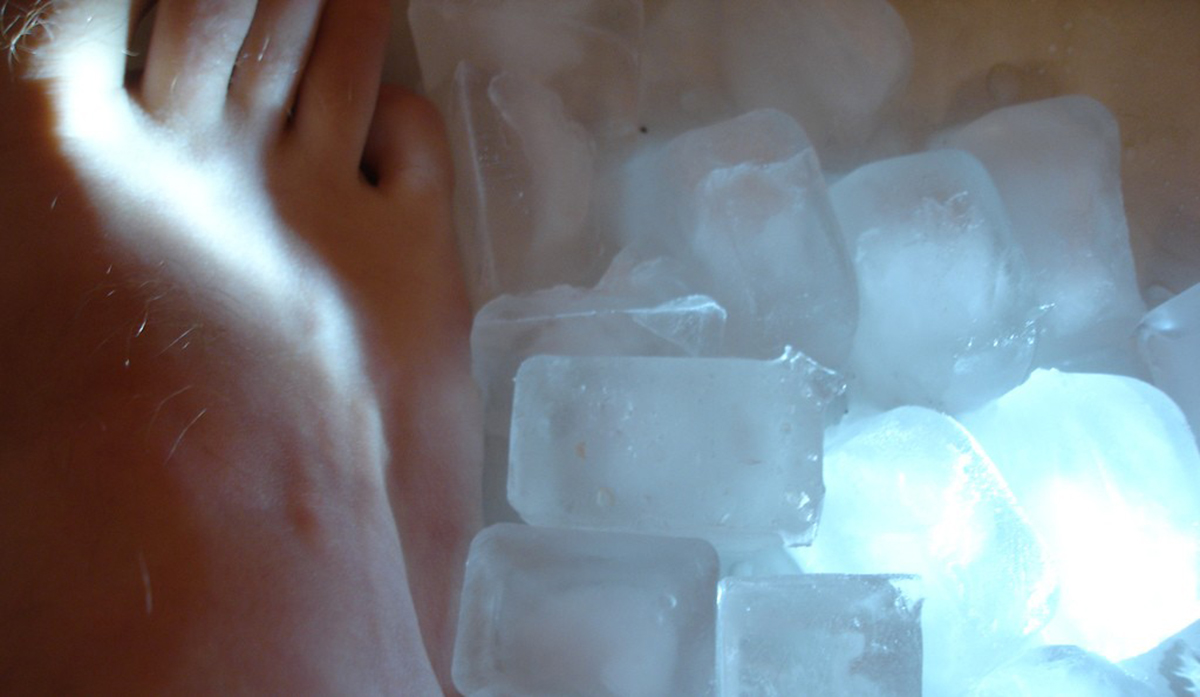Table of Contents
Therapeutic hypothermia is nothing but a deliberate reduction of the body temperature of the patient.

When the target temperature is reached, the patient is let into a stage of induced coma and the temperature is maintained for a period of 12 to 24 hours. Then the temperature is again restored to around 37° C slowly over a period of 12 hours. The bladder temperature is measured using a probe for monitoring because it is more reliable when compared to the other temperature-monitoring techniques. Tympanic membrane temperature monitoring is another reliable and at the same time, an easy and non-invasive method to monitor and regulate the temperature during the procedure.
Various techniques have been in use for the cooling procedure. The use of cooling blankets; application of ice packs to the groin, axillae and neck and the use of wet towels and cooling helmets are some of the surface cooling techniques. Infusion of cold fluids into the carotid artery, ice water nasal lavage (irrigation/washing out), cold peritoneal (abdominal) lavage, nasogastric and rectal lavage and infusion of cold fluids into the veins are some of the invasive techniques used to induce hypothermia. Pumping cool saline into the body has better temperature control and regulation. It is also better tolerated by the patient. There are also sophisticated devices available with extracorporeal units that allow for rapid induction of hypothermia.
It is crucial to keep the temperature under control
Continuous monitoring and regulation of the body temperature is crucial as adverse events like arrhythmia, infection and coagulopathy (blood clotting) can occur if the temperature falls considerably below the recommended level. Shivering is another important side effect that can occur during the procedure. Apart from being uncomfortable to the patient, it leads to warming and increases the myocardial as well as overall oxygen consumption and metabolic rate. Muscle relaxants and sedatives are usually administrated simultaneously with the procedure to prevent shivering. Metabolic and electrolyte disturbances, hyperglycemia and adverse cardiac outcomes are also possible.
Therapeutic hypothermia is proposed as a treatment technique for other causes of brain injury
Various studies report promising outcomes with therapeutic hypothermia following cardiac arrest.
See Also: Electroconvulsive therapy (ECT) for mental disorders
However, several research and clinical trials are going on to analyze and evaluate the various methods of cooling, to study the best time for the initiation of cooling and to determine the appropriate length of cooling period. Researchers have been evaluating the benefits of therapeutic hypothermia in conditions like traumatic brain injury, stroke, cardiac arrest in children and neonatal hypoxic-ischemic encephalopathy (neurological impairment in the newborn due to insufficient supply of oxygen).
As for now, the utilization of this technique is limited to the treatment of post-ischemic brain injury following cardiac arrest. Further studies would hopefully throw a broader light on the applications of therapeutic hypothermia in various clinical settings and conditions.
- The Hypothermia after Cardiac Arrest Study Group. Mild Therapeutic Hypothermia to Improve the Neurologic Outcome After Cardiac Arrest. N Engl J Med. 2002 Feb 21, 346: 549-556
- Seupaul RA, Wilbur LG. Evidence-based emergency medicine. Does therapeutic hypothermia benefit survivors of cardiac arrest? Ann Emerg Med. Sep 2011, 58(3): 282-3
- Mark NA. Predicting and Preventing Sudden Cardiac Death. Circulation. 2011, 124: 651-656
- Laver S, Farrow C, Turner D, Nolan J. Mode of death after admission to an intensive care unit following cardiac arrest. Intensive care med. 2004 Nov, 30(11): 2126-28
- Nolan JP, Morley PT, Hoek TL, Hickey RW, ALS Task Force. Therapeutic Hypothermia After Cardiac Arrest. An Advisory Statement by the Advanced Life Support Task Force of the International Liaison Committee on Resuscitation. Circ. 2003, 108:118-21
- Polderman KH. Mechanisms of action, physiological effects, and complications of hypothermia. 2009 July, 37(7): S186-S202
- Alzaga AG, Cerdan M, Varon J. Therapeutic hypothermia. Resuscitation. 70(3), 369-80.
- Photo courtesy of xavixanxe by FreeImages : www.freeimages.com/photo/797579
- Photo courtesy of Kevin Saff by Flickr : www.flickr.com/photos/kevinsaff/248881537


Your thoughts on this